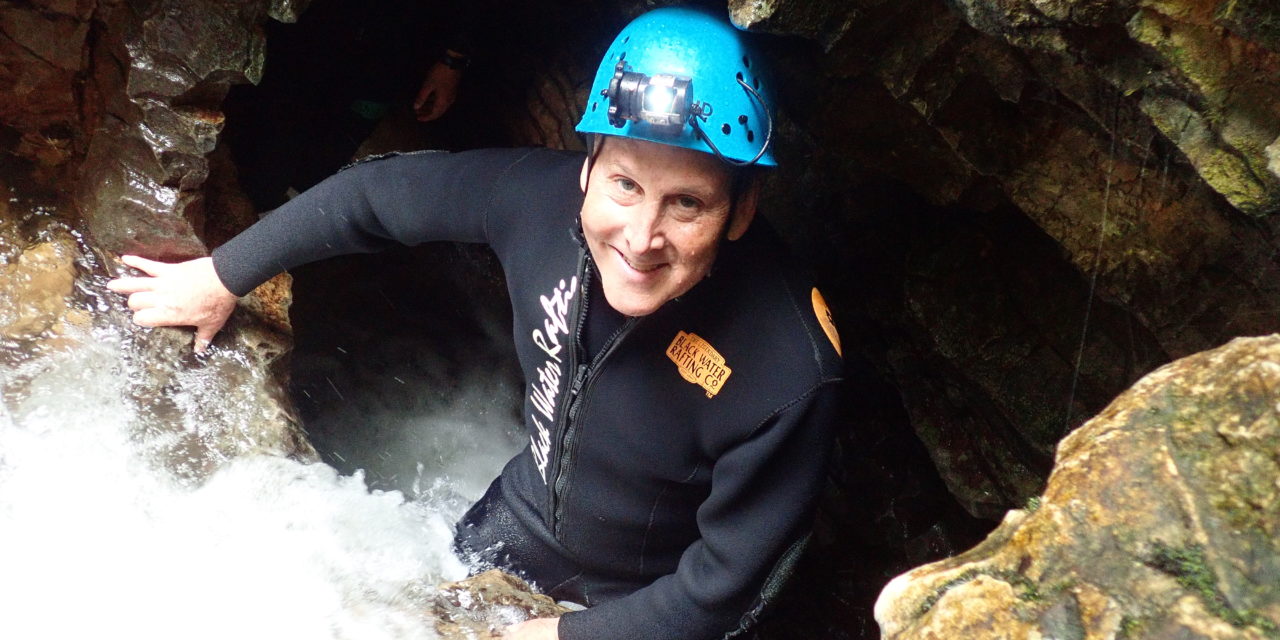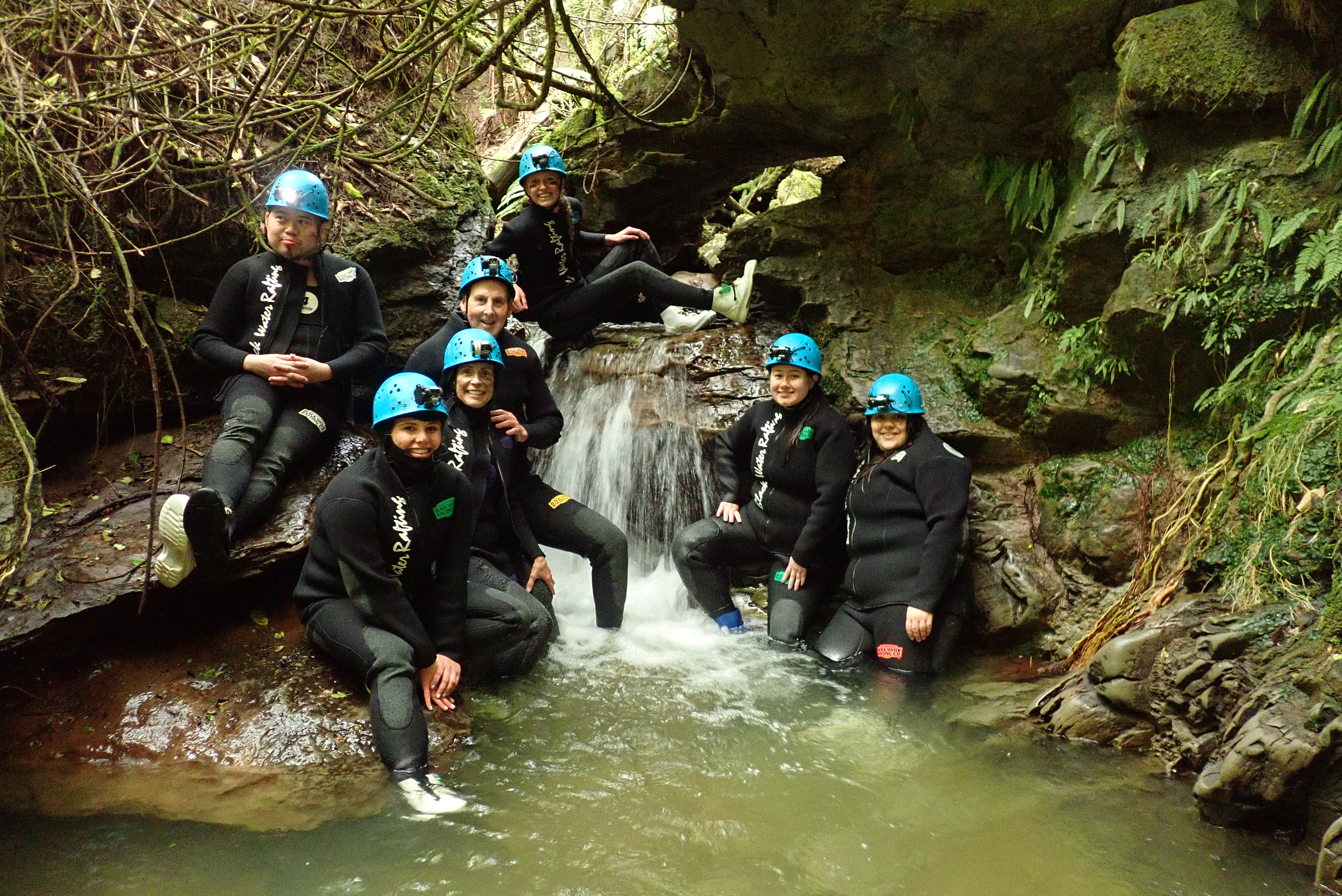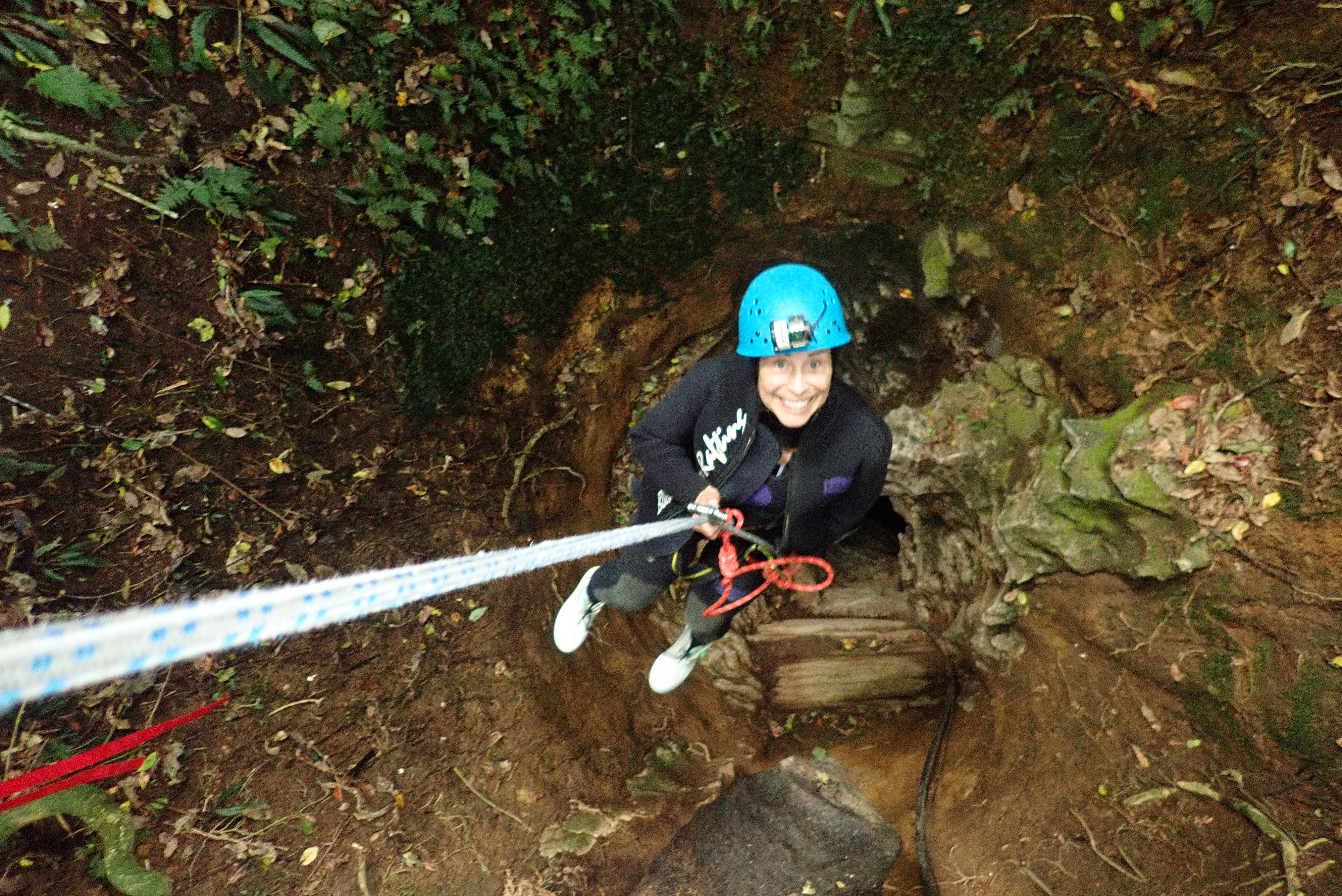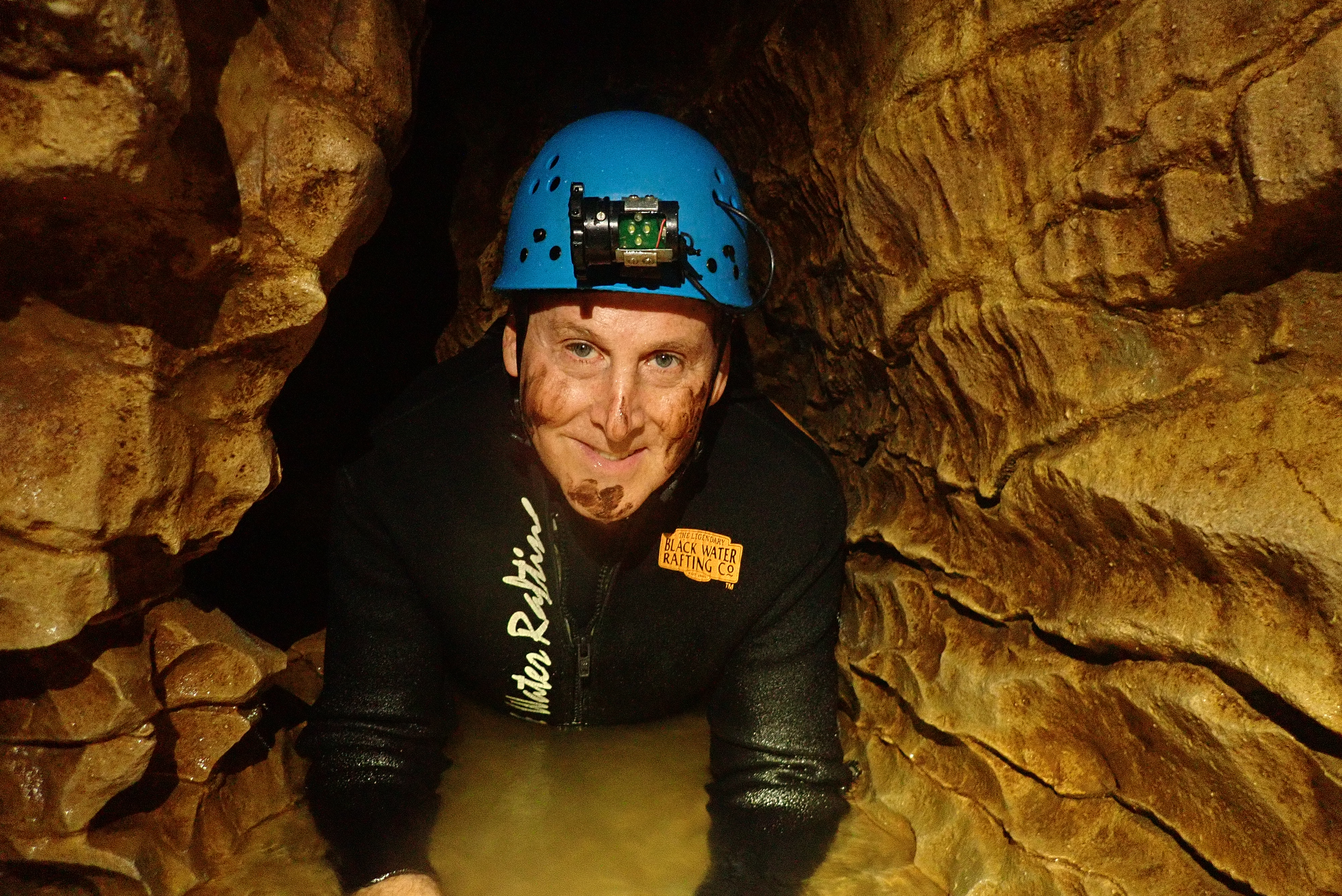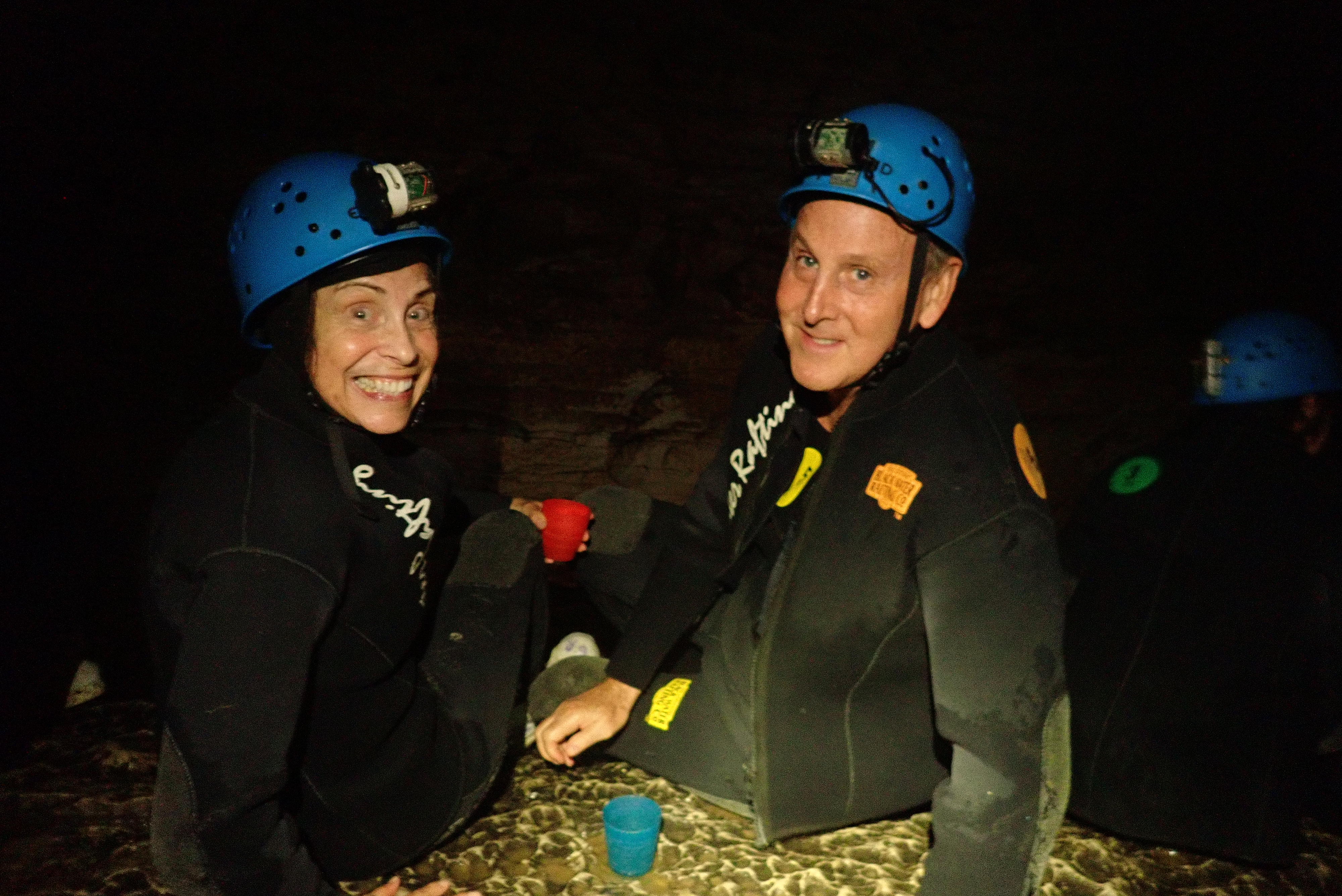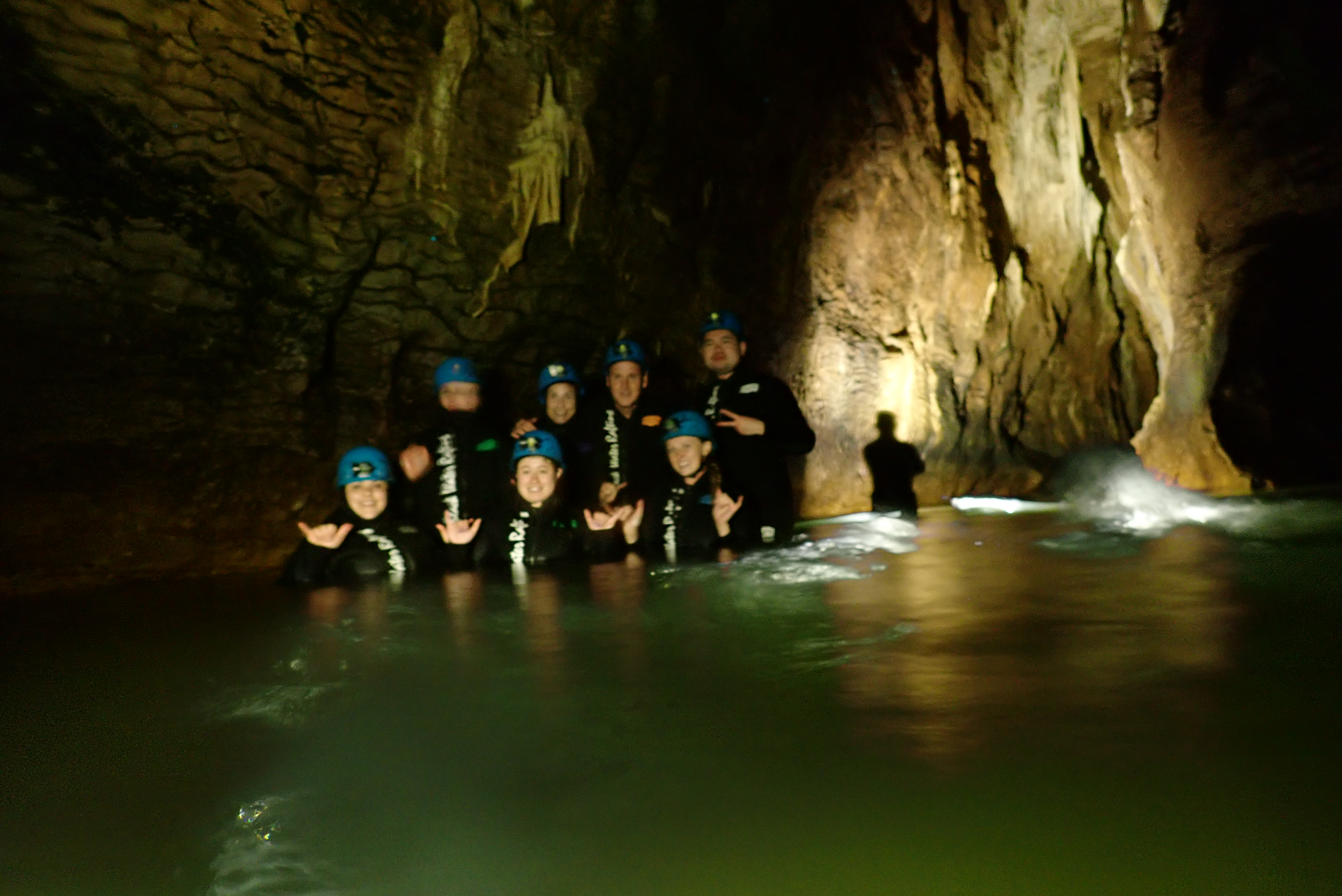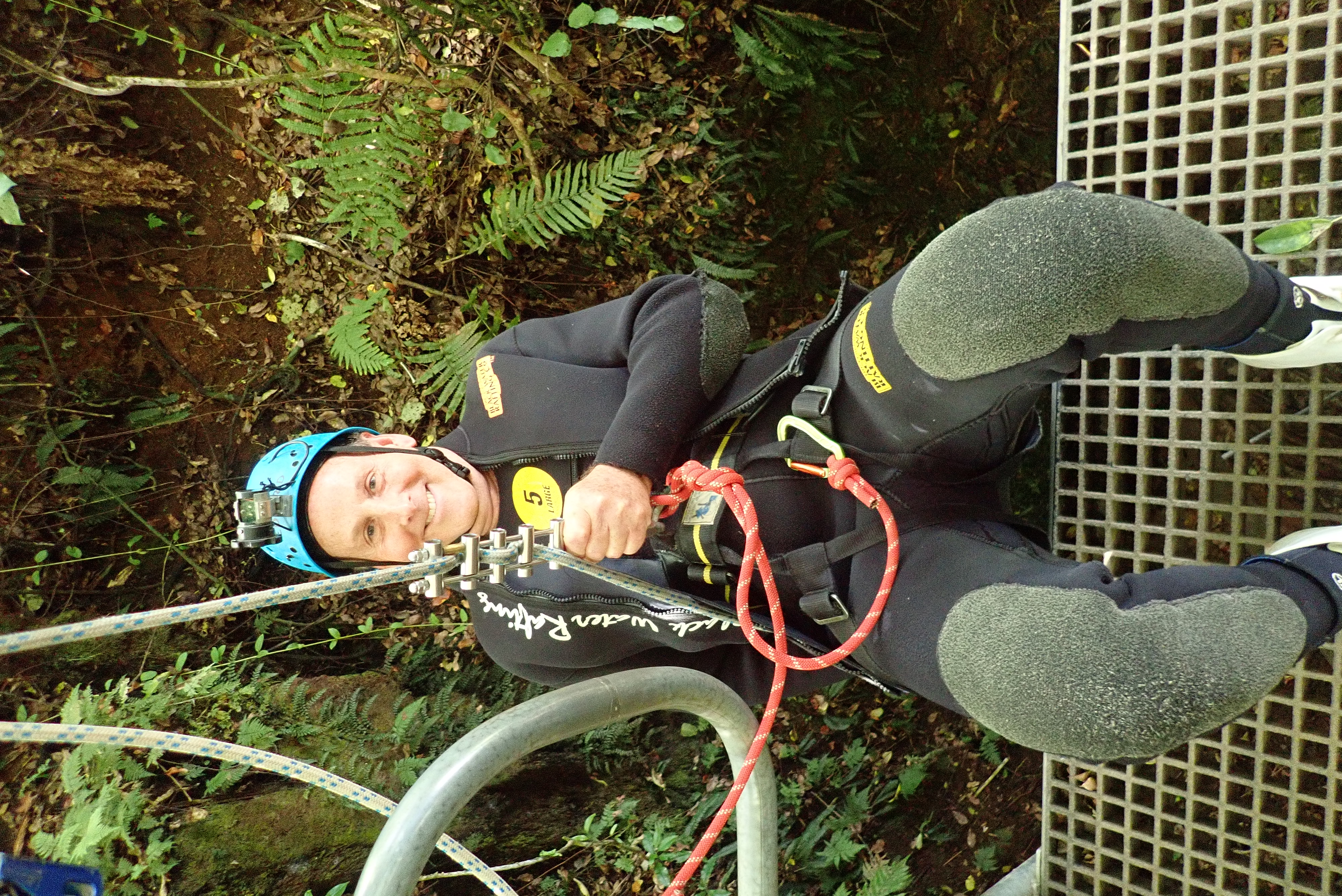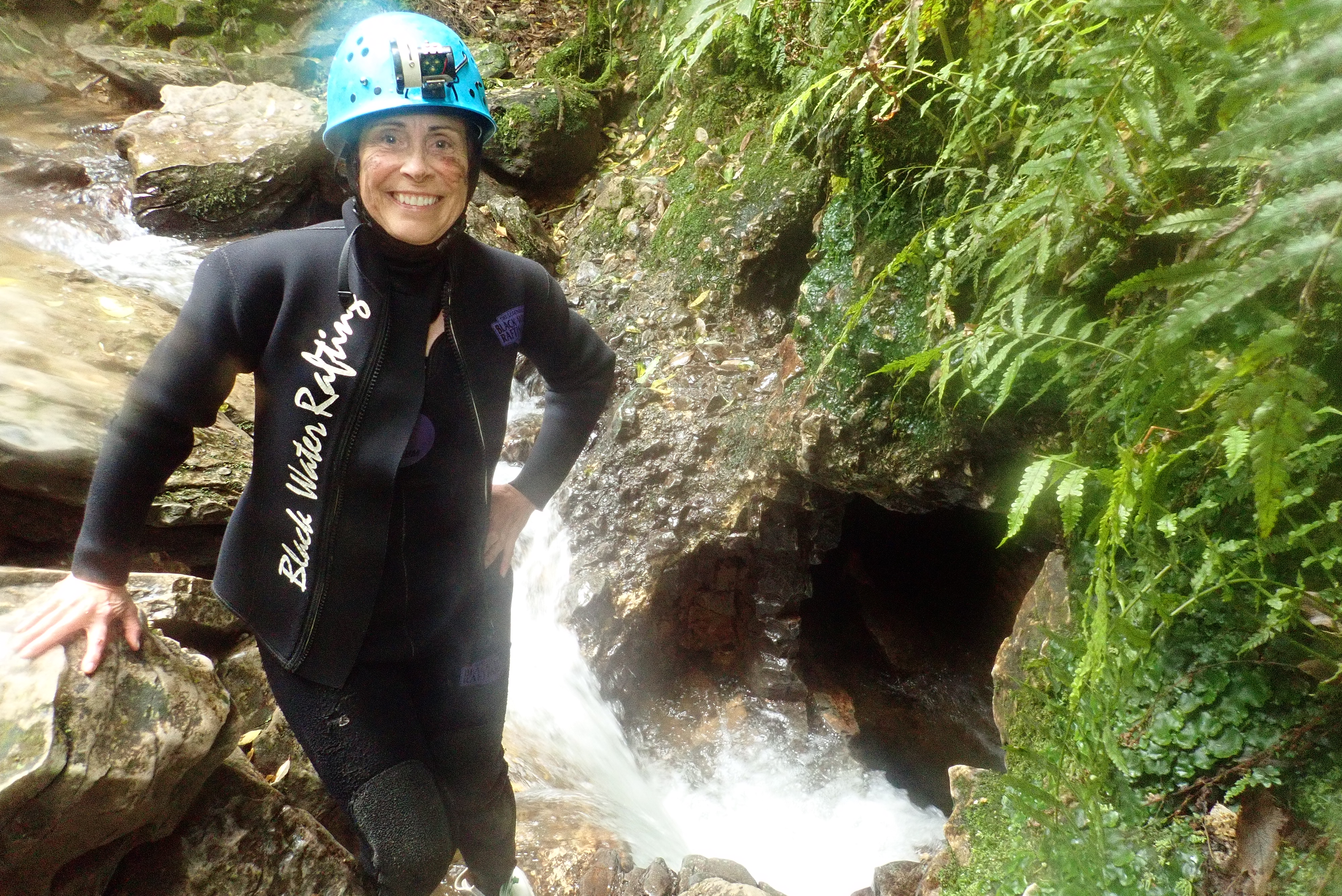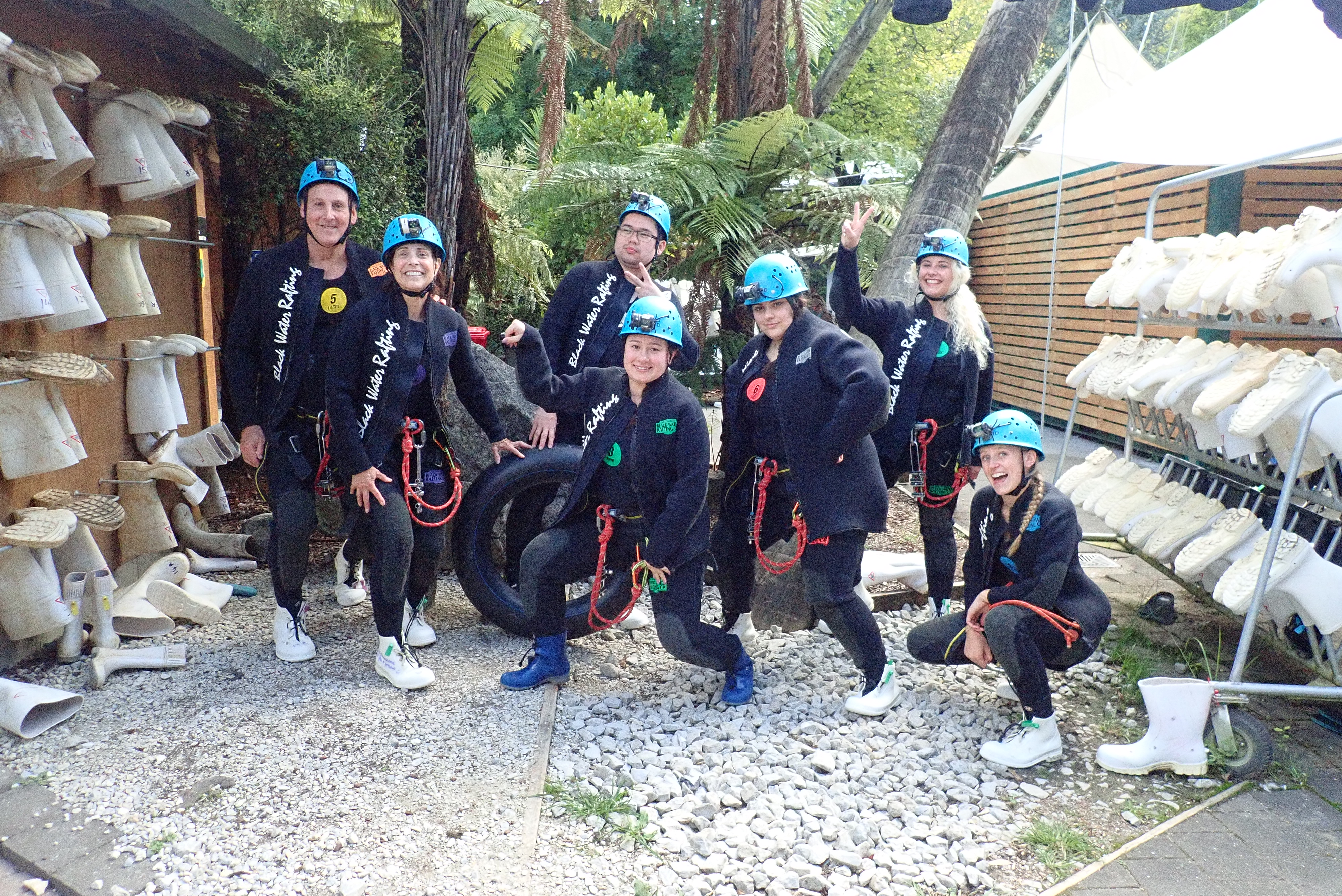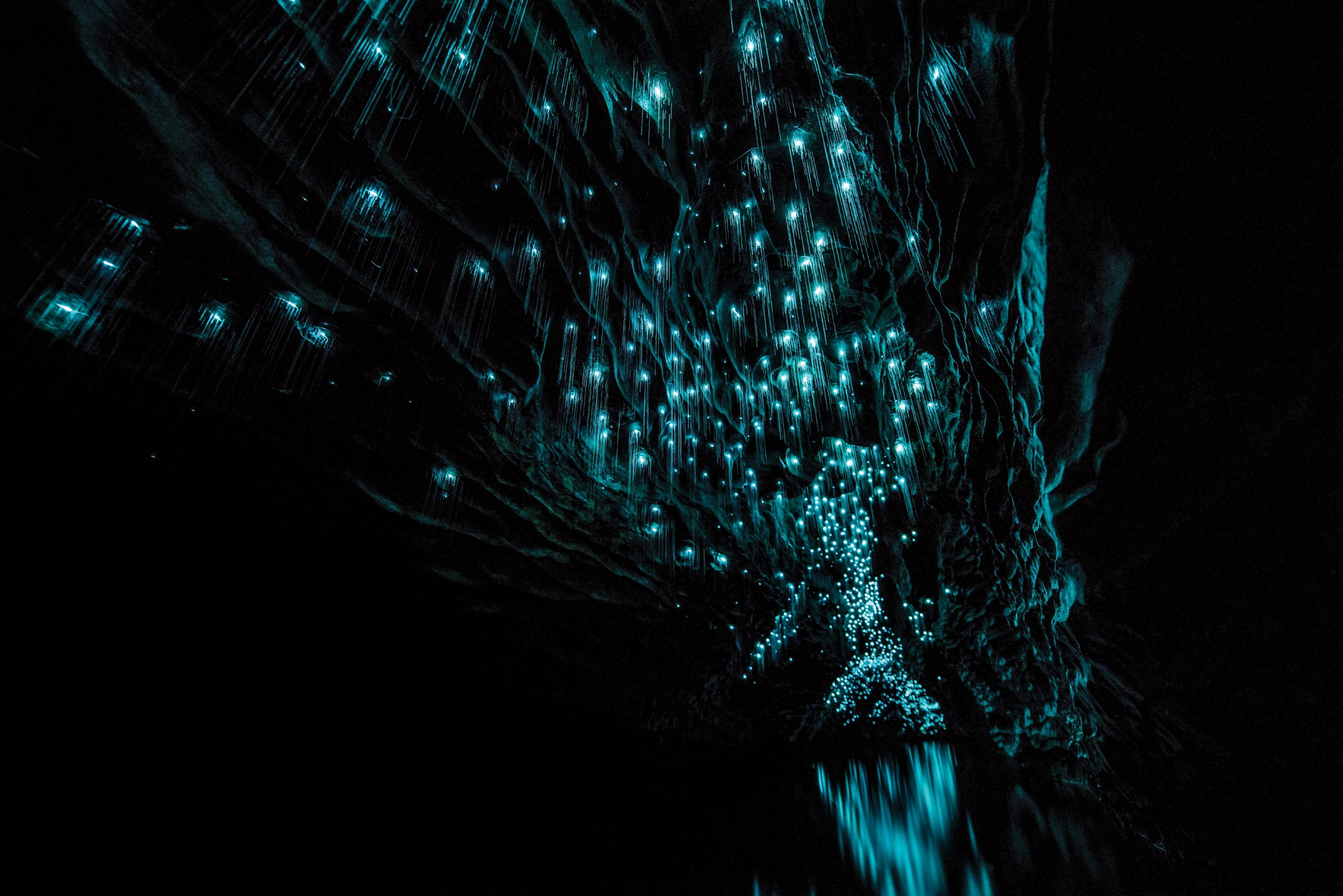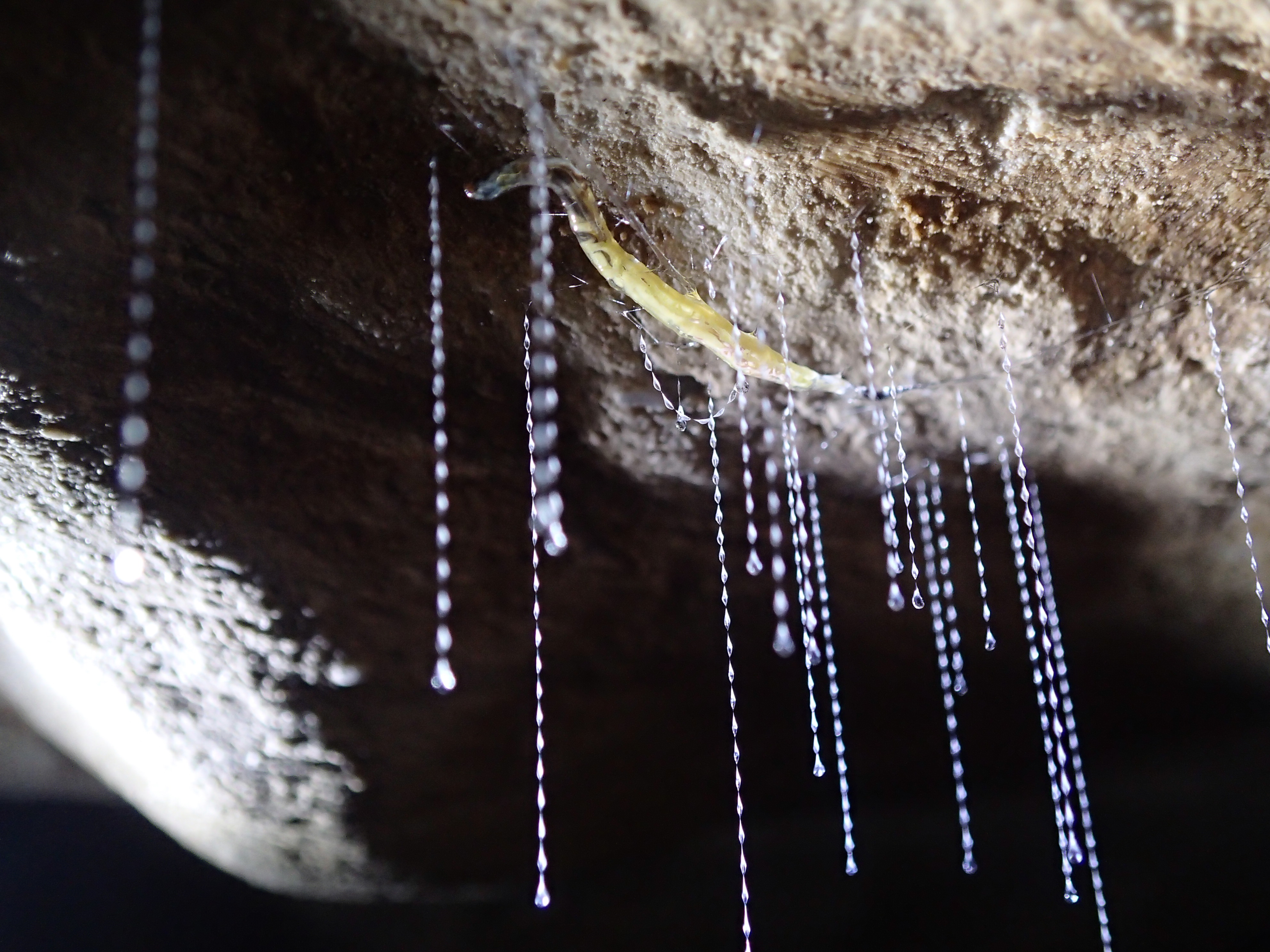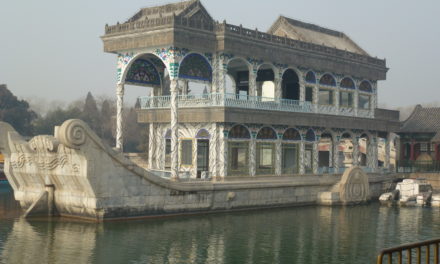It’s called black water rafting, even though the water isn’t black and you use an inner tube, not a raft.
It’s described as black water because it takes place in a dark cave, and it’s referred to as rafting because frankly that sounds better than tubing.
By whatever name, it’s a unique New Zealand adventure in which you walk, climb and ride a tube down a river running through a cave. If you’re claustrophobic or afraid of the dark, black water rafting isn’t for you.
Pat and I drove two hours west from Rotorua to Waitomo, where we went black water rafting in a cave dotted with glowworms that make the walls and ceilings look like constellations in the night sky.
After getting outfitted with wetsuits, harnesses, miners’ helmets with headlamps, neoprene socks and rubber boots, our seven-member group did some practice rappelling with our two guides before heading to Ruakuri Cave for our 3½-hour black water journey.
We started by rappelling (our guide used the German term abseiling) down 110 feet into the cave. After a short stroll on a metal walkway, we zip-lined through a narrow passageway and then jumped off a platform while holding our inner tubes under our butts, plunging eight feet into the icy water.
Once we entered the shallow river, we alternated walking on the rocky bottom in waist-high water, floating on our tubes and crawling through a tight space our guides called “the rebirth canal.’’ In one section the bottom was so bumpy that one of the guides dubbed our walk “the drunken stumble.’’
It was extremely slippery and I fell several times. To keep my balance, I often had to grab the jagged sides of the cave, leaving me with minor cuts and bruises.
You’re always wet, of course, especially after diving headfirst down a short metal slide around the halfway point. The guides advised us to shadow box as a way to warm the chilly water that crept into our wetsuits.
Wherever we went, we saw glowworms lighting up the cave with their greenish-blue tint. I can’t begin to explain how glowworms live and die, so I’ll leave it up to a website I consulted, www.waitomo.com:
“A glowworm is the larvae stage in the lifecycle of a two-winged insect. It grows as long as a matchstick and looks a bit like a maggot.
“A glowworm uses it glow to attract food and to burn off its waste. Its tail glows because of bioluminescence, which is a reaction between the chemicals given off by the glowworm and the oxygen in the air.
“Insects fly towards the light and get stuck in the sticky lines that the glowworm hangs down to catch food.’’
The larva then sucks the juices out of its prey or gobbles it whole.
The strangest thing about glowworms is their lifespan – or lack thereof. The adult, which looks like a large mosquito, can’t eat because it has no mouth and no digestive system. Their only purpose is to reproduce. After that, they die. Sounds like a good model for some politicians.
The hardest part of my black water trip was the end. We had two choices: leave the cave via a gentle path or wind through a labyrinth of slender openings and then climb up a steep, sharp-edged rock wall. Naturally, I chose the latter. When I finally emerged, I felt like I had just gone 15 rounds with Mike Tyson.
Next and final stop: Auckland.
